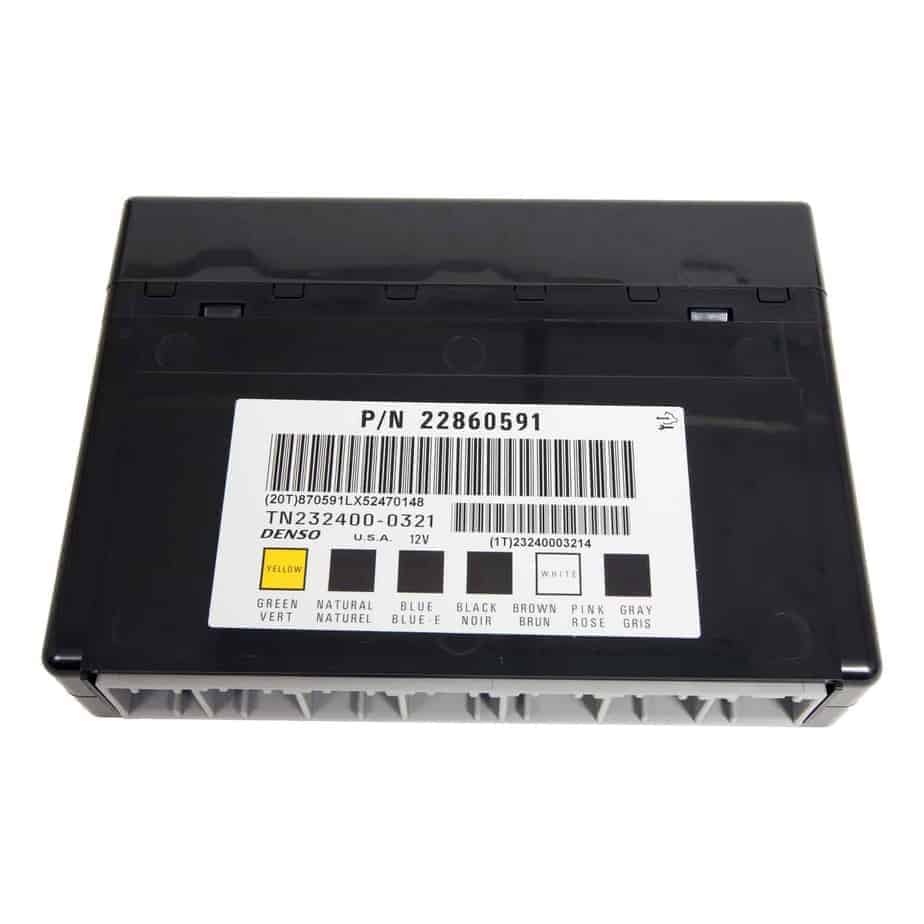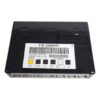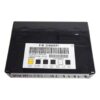End Your Tahoe’s Electrical Headaches
Are strange and frustrating electrical issues plaguing your 2010 Chevrolet Tahoe? From flickering lights and malfunctioning power windows to a security system that won’t cooperate, a failing Body Control Module (BCM) can turn your reliable SUV into a source of constant annoyance. This isn’t just an inconvenience; it can affect your vehicle’s safety and functionality. We offer a direct, dependable solution: a replacement Body Control Module, professionally programmed to your vehicle’s specific VIN before it ever leaves our facility.
Common BCM Failure Symptoms & Your Solution
If you’re experiencing any of the following problems, a faulty BCM is the most likely culprit:
- Intermittent or non-working power windows, door locks, or interior lights.
- Erratic dashboard warning lights or gauge behavior.
- Problems with the anti-theft or keyless entry systems.
- Communication errors with other modules (often showing U-codes on a scanner).
- A no-start condition where the engine cranks but won’t fire up.
Our pre-programmed 2010 Tahoe Body Control Module is the definitive fix for these issues. We take the guesswork and hassle out of the repair by flashing the unit with the latest official GM software updates, ensuring it communicates perfectly with your vehicle’s existing systems right out of the box.
Features & Benefits
- ✔ Plug & Play Installation: This BCM arrives programmed to your vehicle’s VIN. In most cases, no further dealer programming is required, saving you time and money.
- ✔ Updated GM Software: We flash each module with the newest software available from the manufacturer, ensuring optimal performance and resolving potential factory bugs.
- ✔ No Core Charge: Keep your old part. We don’t require you to send back your original BCM, simplifying the process for you.
- ✔ Wide-Ranging Compatibility: While perfect for your Tahoe, this module also fits a vast range of other GM vehicles. See our detailed fitment list to confirm compatibility.
- ✔ Peace of Mind Guarantee: This unit is backed by our one-year replacement warranty, ensuring you get a quality part.
Expert Insight: Why VIN Programming is Non-Negotiable
As a veteran technician, I can’t stress this enough: a BCM is not a one-size-fits-all part. It’s the central nervous system for your truck’s comfort and security features. Each vehicle has a unique electronic fingerprint based on its options and VIN. By programming this 2010 Tahoe Body Control Module specifically to your VIN, we ensure it speaks the exact same language as your Engine Control Module, Transmission Control Module, and airbag system. Skipping this step is a recipe for disaster, leading to unresolved issues and more warning lights. Our service eliminates that risk entirely.
Frequently Asked Questions
What exactly does the Body Control Module do?
The BCM is a computer that manages many of your vehicle’s non-engine-related functions. This includes power windows, door locks, interior and exterior lighting, the security system, wipers, and various other comfort and convenience features.
Do I absolutely need to provide my VIN?
Yes. Providing your 17-digit Vehicle Identification Number (VIN) is essential. We use it to load the correct software and settings for your specific vehicle’s options, which is the key to a successful plug-and-play installation.
Is this part difficult to install?
The physical installation is typically straightforward for someone with basic mechanical skills. The BCM is usually located under the driver’s side dashboard. However, please be aware that some post-installation electronic procedures, like a brake pedal position relearn, may be necessary depending on your specific model.
What if my airbag light is on after installation?
In some cases, the new BCM may need to be electronically introduced to the airbag system (SDM). This is done with a professional scan tool using a procedure called ‘Setup SDM Primary Key in BCM’. This will sync the systems and turn off the light.
Will this fit vehicles other than a 2010 Tahoe?
Absolutely. This BCM has a very wide range of compatibility across the GM family, including many Cadillac, GMC, Buick, and Chevrolet models from roughly 2006 to 2013. Please refer to the detailed fitment list on this page to verify your specific make and model.
Is there a core charge for my old part?
No, there is no core charge. You are not required to return your original module, which saves you the hassle and expense of a return shipment.


